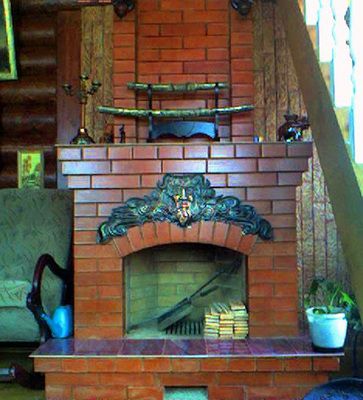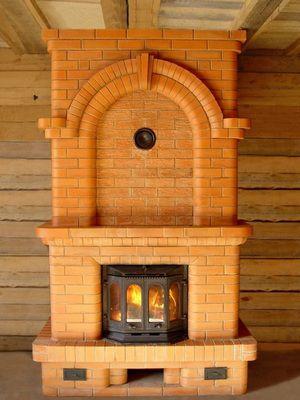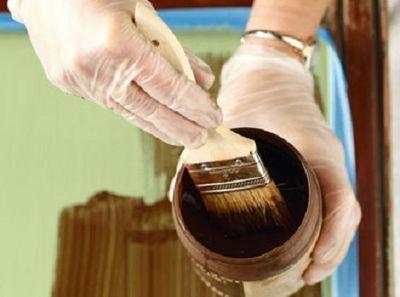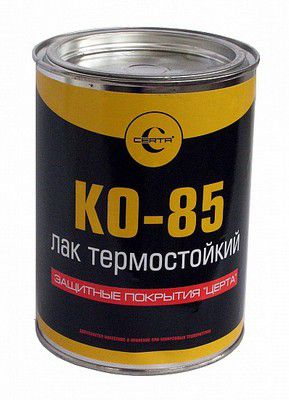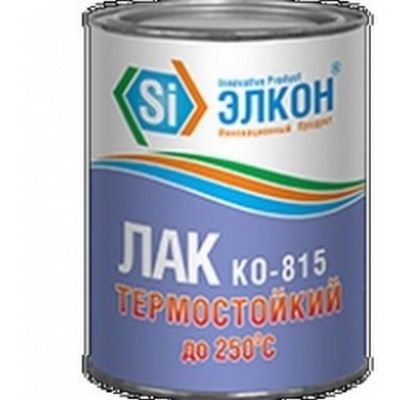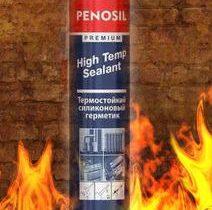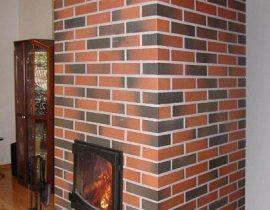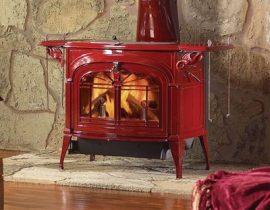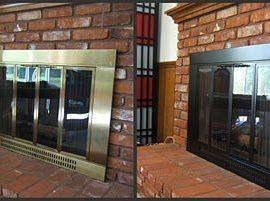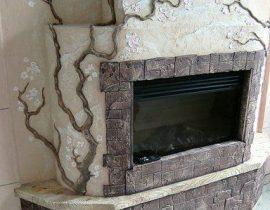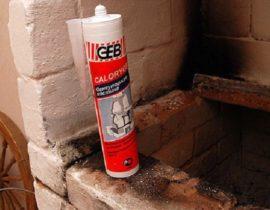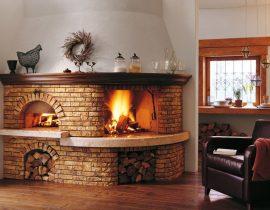More often hosts private households are trying to acquire fireplaces, rightly considered one of the main attributes of comfort in the house.
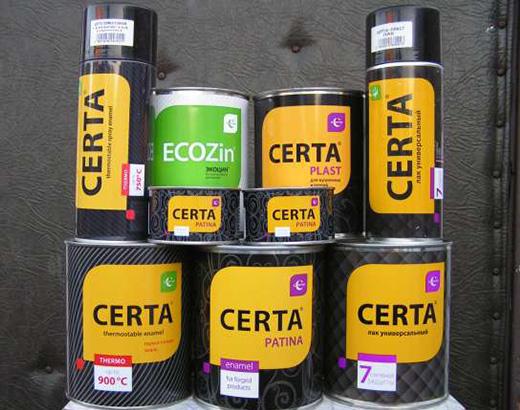
heat resistant varnish for the fireplace
They are installed not only for heating and creating a comfortable microclimate in the room, but also as a decorative element of the interior. Given this, the appearance of such a structure must comply with the design style and existing design rules. Therefore, very often additional paints and varnishes are used for brickwork, which help to improve her shape.
Currently, the industry produces several types of special heat-resistant varnishes for the fireplace, which will make this functional and decorative element of the interior and more aesthetic, and more resistant. Basically, they are made on an organosilicon basis. Since the varnish is colorless, its shades can be if desired, change by adding a special water-based color to them.
To know in detail what the composition of the varnish is, and whether it is possible to prepare it yourself, you need to understand the characteristics.
Content
Areas of use
Heat-resistant varnishes are used to cover the following parts and elements of the interior and exterior of the building:
- brick and stone laying of stoves, fireplaces, walls and facades of houses and fences;
- metal parts of stoves and fireplaces;
- wooden trim parts;
- natural finishing materials for fireplaces and walls: stone, plaster and ceramic tiles.
From this list, we can conclude that such varnishes are simply necessary for stoves and fireplaces, their cost is negligible compared to their benefits!
The main characteristics of fireplace varnish
Usually the varnish consists of a resin of organosilicon origin, dissolved in solvent, has special functional additives, a characteristic smell and a transparent consistence. As a rule, the composition is applied in two layers, and its consumption depends on the porosity of the coated material. Drying time for each coat — 30 to 50 minutes at 18—25 degrees.
Varnish, which is used to cover very hot surfaces and used in special operating conditions, has the following main characteristics:
- The composition of the varnish withstands thermal shocks and is able to withstand high temperatures up to 200 — 250 degrees.
- The varnish protects the surface from moisture and aggressive substances such as saline solutions, petroleum products and technical oils. When exposed to brickwork coated with a similar varnish, these substances do not have the ability to stovesoak in into porous material.
- Buildings that are without shelter, under the open sky, for example, barbecue grills, become more resistant to destructive external factors. The varnish is designed for both indoor and outdoor use, it strengthens and protects masonry and metal structural elements.
- This varnish dries quickly, so it is often added to acrylic and alkyd varnishes.
- It is moisture resistant and does not allow atmospheric moisture to penetrate the walls of the structure, which as a result does not creates favorable conditions for the development of mold and fungus, as well as tread efflorescence.
- The composition penetrates deeply into the material, as it has a high degree of adhesion.
- Fireplace the structure, covered with special varnishes, has a pleasant sheen and helps to reveal the saturation of shades.
Conditions for the performance of work
To varnish well lay down and kept on the surface, you need to prepare some preparatory conditions for its application:
- Theoretically, the varnish is not afraid of frost, and it can be applied at temperatures from - 40 to + 40 degrees. The optimal conditions will be + 15—20 degrees.
- Before use, the composition must be thoroughly mixed.
- The walls must be well cleaned of dust, dried and treated with degreasing agents.
- Varnish can be applied using a roller or brush, spray gun. Small decor details can be dipped in capacity with varnish.
- If very porous surfaces are covered, they need to be applied not two, but three, and even more layers.
- The varnish fits perfectly on the metal parts of the stove or fireplace - they cover the doors, hobs, decorative forged elements.
- Prior to use, the composition is stored in a cool, fireproof place that does not allow penetration of direct sunlight, in a regular container in a vertical position.
Work Safety Measures
To avoid unpleasant consequences, it is necessary to follow the rules of personal safety at work:
- It is necessary to protect hands and eyes from getting varnish, for this they put on gloves and goggles.
- If by chance after all there was a hit of the composition on the skin or in the eyes, it is urgent to wash them with plenty of water with soap and water;
- Do not work with any varnish if there is an open source of fire nearby. keep it also away from flammable areas.
- The room in which varnishing work is carried out must be well ventilated or have reliable ventilation.
- Do not pour the varnish remaining after coating into the sewer.
- To avoid inhaling varnish fumes, it is best to protect your mouth and nose with a respirator.
- In the event of an unforeseen fire, sand or foam fire extinguishers are used to extinguish that's whyWhen starting work, you need to keep them at hand.
The most popular types of varnish
KO-85 is one of the most common heat-resistant organosilicon varnishes, which are used to coat the brickwork of the fireplace, its metal parts (doors, chimney or the entire stove if it is steel or has a metal lining).
This varnish is heat-resistant, has good adhesion to the surface to be coated, high anti-corrosion properties. It refreshes the color of the material and attaches him a special aesthetic. The varnish can be combined with enamel paints KO-174 and KO-8101. Heat resistance of varnish varies from — 40 to + 300 degrees.
KO - 815 - this type of silicone varnish can be used to coat ceramics, bricks and metal. It is used not only for the internal walls of stoves and fireplaces, but also for stone and metal fences. varnish attaches surfaces are not only decorative, but also frost-resistant and hydrophobicity.
There are varnish compositions that have other names, but, in principle, they have the same properties and scope. Before buying, you should carefully study the instructions for use of the composition.
We make homemade varnish, no worse than purchased
Fireplace varnish can be purchased at a hardware store, or you can make it yourself. homemade productkt prpractically will not differ from the store, if you follow the technology of its preparation.
To do this, you need 450 grams of high-quality wood fly in the ointment, which is heated without letting it boil. Then 30 grams are added to it beforehand pounded to copper sulfate powder, mix well. The finished varnish in a warm form is applied to a hot fireplace using a paint brush. Homemade varnish dries very quickly, it is harmless, attaches brick surface shine and strengthens the oven walls.
You can learn more about how to prepare a heat-resistant varnish for a fireplace according to an old recipe by watching the attached video:
If there is a desire for a long time keep the details and surfaces of the stove or fireplace in their original form, then after installation is completed and completely dried, immediately cover the walls and all elements with heat-resistant varnish. You will receive not only decent protection for the furnace structure, but also add decorativeness and brightness to the brickwork.

